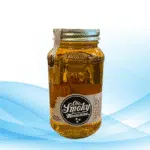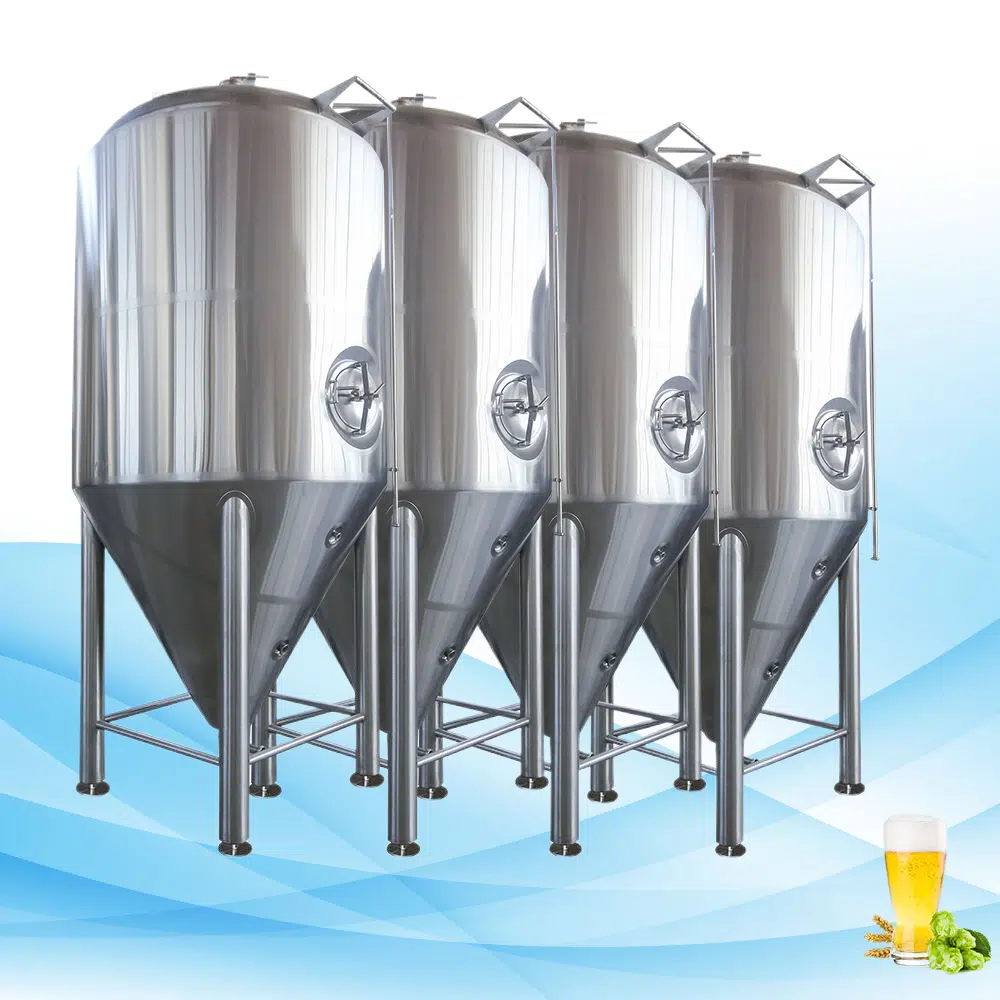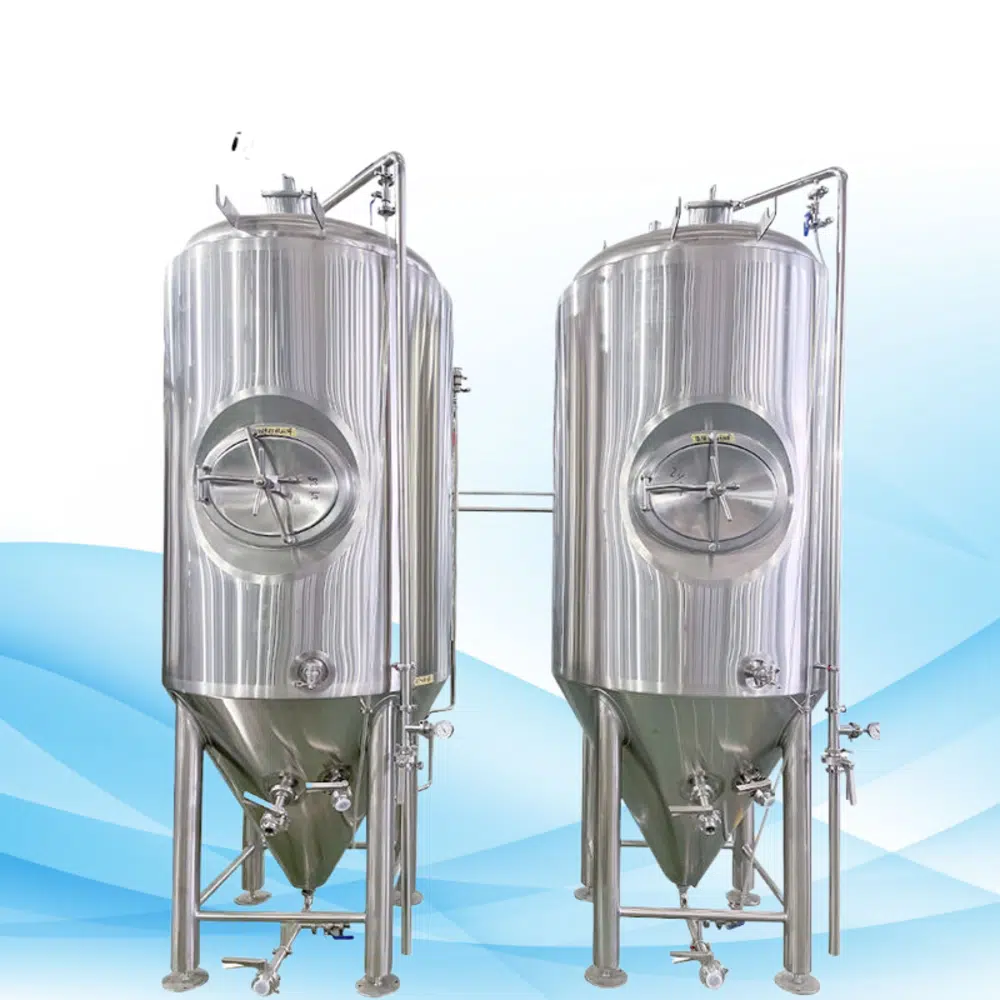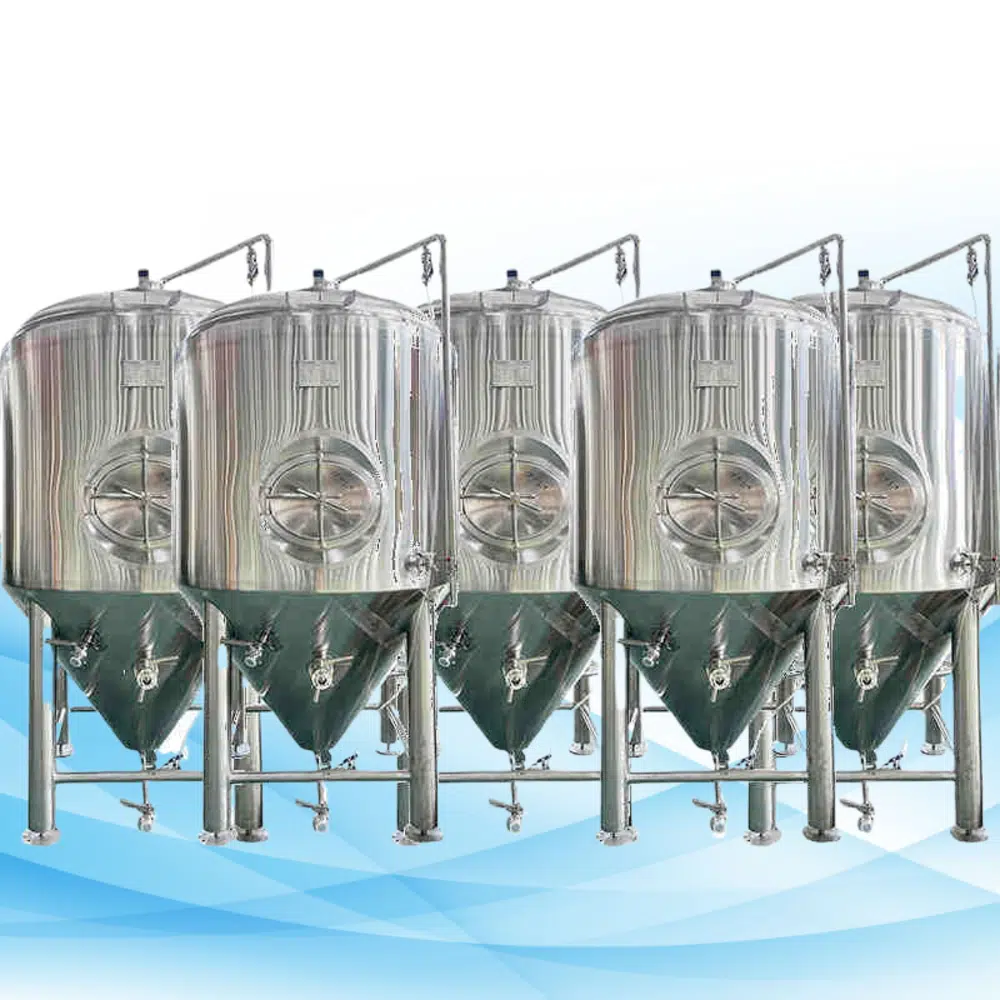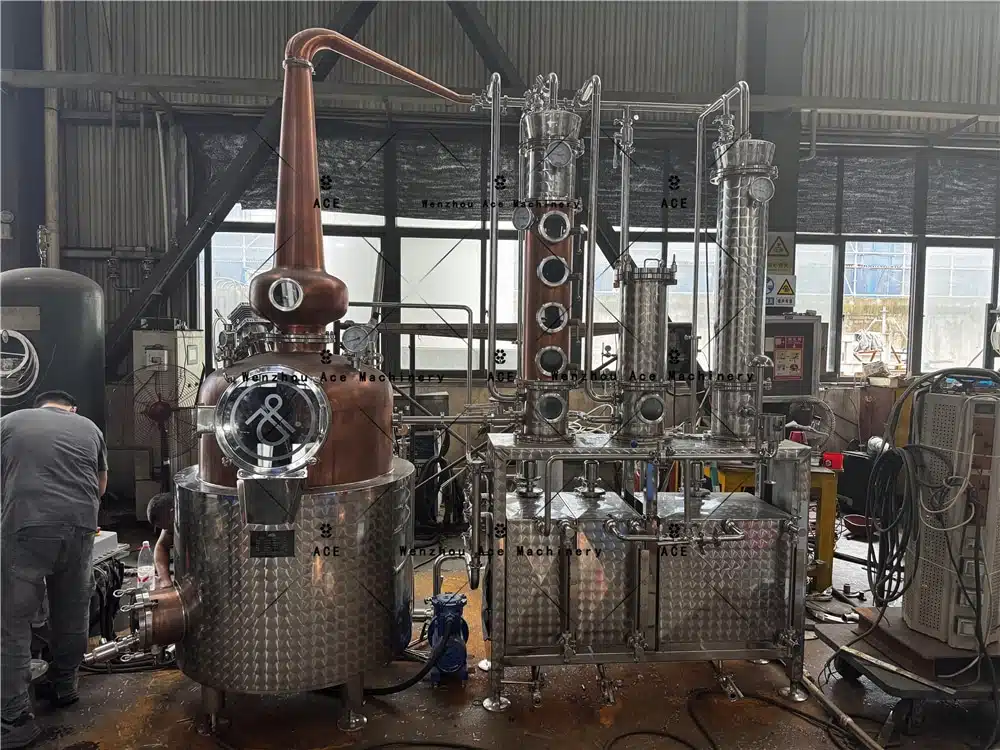In order to begin with brewing and distillation, “what tools to use and how to use them” should be familiar, for one of the most important pieces of equipment is the mash tun for brewing beer and producing whisky. A proficient home brewer and a large scale commercial operation both need to adeptly control a mash tun to ensure product quality.
We will start with the function, types and benefits of mash tun. Examine also features like the false bottom, mash tun vs lauter mash tun differences, their use in beer brewing and whisky distilling. By the end, you will receive detailed knowledge on the mash tun brewing techniques and how to select the tools best suited for your needs.
What is a Mash Tun?
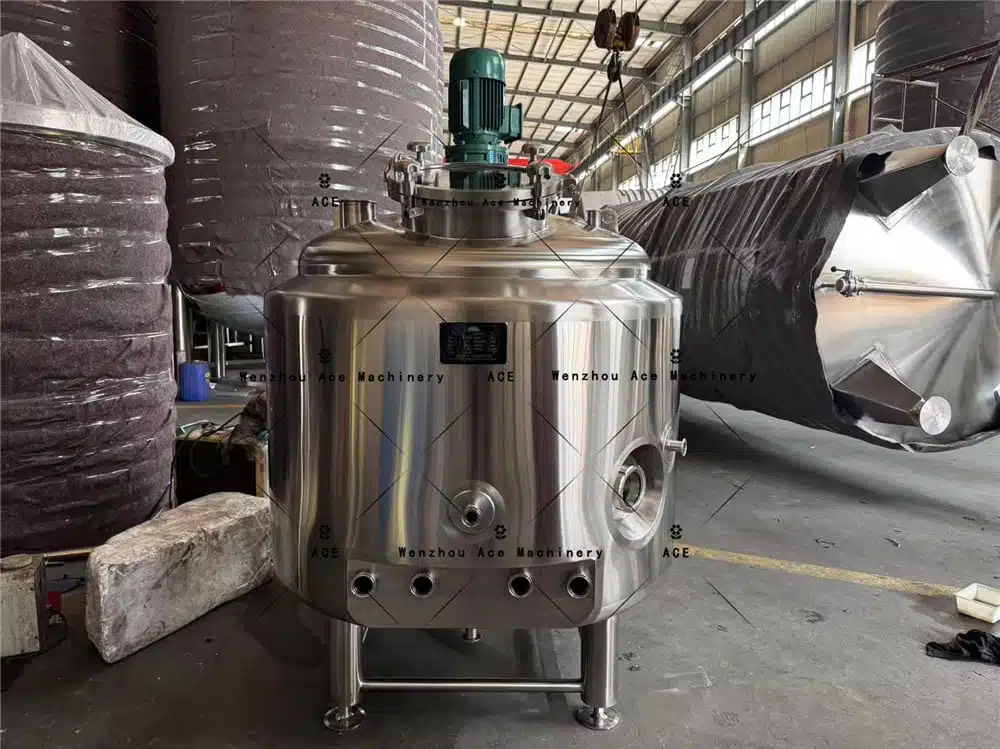
A mash tun is a device used for collecting fermentable sugars from grains in the mashing process. The grains, usually barley, wheat, or other starchy materials, are mixed with water at precise temperatures to form a mash. This step catalyzes certain enzymes that convert the starches into fermentable sugars, which can later be converted into alcohol by yeast.
Mash tun brewing is fundamental to the production of a number of alcoholic beverages, for example beer and whisky. The mash tun acts as the moment in time where all the raw components come together in order to begin their change into alcohol.
How Does a Mash Tun Work?
The basic idea of how a mash tun works focuses on the temperature regulation, mixing of water and grain, and overall cohesion of the materials put together. Generally, the mashing process will follow these steps:
Heating the Mash
The mash tun has to ensure that grains blend with their corresponding hot water. Each ingredient should be combined carefully since certain enzymes will also need to be activated, for example amylase, within the water added at different temperatures.
Resting Phase
After the mash is heated, the grains are held for a specific time and at a certain temperature. Enzymes will work on the starches, breaking them apart into fermentable sugars during this period.
Wort Extraction
Following mashing, the liquid component is called wort. It is separated from the solid grain husks. Later on, the wort will undergo a boiling process where hops are added for flavor and bitterness.
Every mash tun false bottom’s importance lies in aiding separation of the wort from the solid grain husks.
The Importance of Mash Tun False Bottom

A mash tun false bottom refers to a mesh or perforated plate situated at the bottom of a mash tun. Its purpose is to create a filtration wall for separating the wort and spent grains. During the lautering phase, spent grains will also be drained. The false bottom is a filter that safeguards the wort from solid contamination while permitting unrestrained passage for the liquid.
Improved Productivity
The false bottom assists in even distribution of the grain bed and maintains consistent flow velocity, guaranteeing full extraction of fermentable sugars from the grains.
Lauter mash tun and mash tun
Both types of mash tun are meant to facilitate the mashing process, however, one of these is distinct from the other in some features.
Mash Tun
The vessel that contains the first stage of bioprocessing (which means hydrolysis of starch-based nutrients), in which grains are blended with water and the enzymatic digestion of polysaccharides is recombined, occurs.
Lauter Mash Tun
Combines features of a mash tun and a lautering vessel: it functions as a wort separator post mashing, which means that after mashing, the wort has to be taken out from the spent grains. The mash tun lauter is created primarily to blend the functions of mash tun and lauter tun to increase efficiency in those who brew.
In larger commercial processes, it is common practice to separate mash and lauter tuns into two separate vessels to increase both efficiency and speed of the mashing and lautering processes. For smaller batches or home brewers, however, the lauter mash tun can perform both functions.
Mash Tun in Whisky Production
While the mash tun is predominantly used for brewing beer, it also provides key functionality in whisky production. The steps involved in making whisky are very much like those in brewing, only the ingredients used, and the fermentation stages are different.
Mashing For Whisky
During whisky production, malted barley is combined with water in a mash tun, which creates a sugary substance that can be fermented into alcohol. Unlike brewers of beer, whisky makers employ higher temperatures and longer mashing times.
Types of Whisky
A mash tun whisky is most often used to create malt whisky or grain whisky, depending on the ingredients used. The whisky’s flavor profile is determined by the mash process, making the purchase of a reliable mash tun crucial to achieve the desired results.
Benefits of Using a Mash Tun
While using a mash tun in brewing or distillation processes brings the following benefits:
Consistency in Production
The use of a mash tun comes with controlled heating and wort separation which allows precise mixing leading to consistent production in numerous batches.
Sugar Extraction Efficiency
Higher ethanol concentrations may be attained in both beer and whisky because the mashing process in the mash tun is performed more vigorously and fermentable sugars are therefore more completely extracted.
Flavour Profile Improvement
Favourable modifications in the shape of the flavour profile can be done by controlling the temperature and conditions of the mash. The same applies for beer and whisky; thus, all brewers and distillers will find the mash tun very important in terms of the final taste.
Versatility
The mash tun accommodates a variety of grains and fermentation processes, making it useful for beer brewing, whisky production, or other spirit distillation.
Selecting The Right Mash Tun
Among other considerations, these are the most important when choosing a mash tun:
Dimensions
Commercial brewers are most likely to require a mash tun with larger dimensions to cater for high volume batch sizes. Smaller home brewers and operations would prefer smaller models.
Construction
Mash tuns can be made of different materials, such as copper and stainless steel. Copper mash tuns are highly valued in whisky production because they enhance the flavor of the spirit. While stainless steel mash tuns may lack in bolstering flavours, they are long-lasting, easy to clean, and resistant to corrosion.
Automation Features
For some operations, a mash tun with automation features like temperature controls, digital displays, and automated stirring or heating will improve precision and ease of use.
Common Questions About Mash Tuns
What is the difference between a mash tun and a lauter mash tun?
A mash tun is primarily responsible for the mixing of grains and water to convert starches into sugars, whereas a lauter mash tun has additional functionalities that enable it to separate the wort from spent grains post mashing.
Can a mash tun be used for both beer and whisky?
Mash tuns are suitable for both beer and whisky production, although they will differ in temperature, ingredients, and fermentation processes.
What is the purpose of the mash tun false bottom?
The mash tun false bottom is designed to retain the husks and thus acts as a sieve to ensure wort does not get trapped with the spent husks, allowing easy separation during lautering and preventing the system from clogging.
How do I clean a mash tun properly?
A mash tun needs to be cleaned by thoroughly rinsing the vessel after every use, removing leftover grains, and keeping the vessel sanitized until the next batch is brewed.
Conclusion
The mash tun is essential in brewing and distilling, as it aids in creating a base that can be transformed into beer or whisky. Knowing how a mash tun operates and its various features like a false bottom can greatly enhance your production quality. Whether you brew at home or run a commercial operation, selecting the appropriate mash tun and understanding its purpose in the brewing or distilling steps will ensure a superior final product.
If you integrate the correct tools into your brewing or distilling process, you can ensure that your beer and whisky have the taste that you expect; smooth, rich in flavor, and remarkable.





